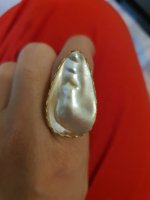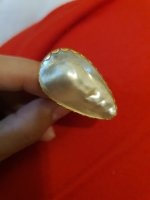Khoirul Anam
Community member
- Joined
- Jan 13, 2023
- Messages
- 36
Maxima pinctada radiata
Ukuran besar 50mm

Ukuran besar 50mm
Attachments
-
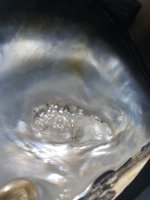 422AB83B-4A76-4B0F-83A4-07CEDCAB393B.jpeg1.2 MB · Views: 76
422AB83B-4A76-4B0F-83A4-07CEDCAB393B.jpeg1.2 MB · Views: 76 -
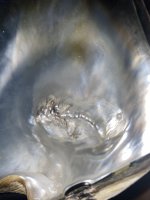 3C998C8A-2054-4DB8-A3F3-47F0AACD2950.jpeg1.2 MB · Views: 74
3C998C8A-2054-4DB8-A3F3-47F0AACD2950.jpeg1.2 MB · Views: 74 -
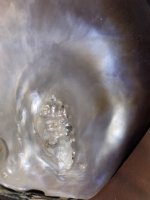 D01F02E3-37AE-42E5-927D-941D94561C39.jpeg1.4 MB · Views: 72
D01F02E3-37AE-42E5-927D-941D94561C39.jpeg1.4 MB · Views: 72 -
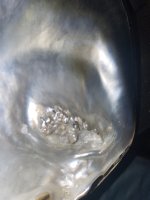 3655FCED-06BC-4031-A8F3-71233CE38FDD.jpeg1.1 MB · Views: 73
3655FCED-06BC-4031-A8F3-71233CE38FDD.jpeg1.1 MB · Views: 73 -
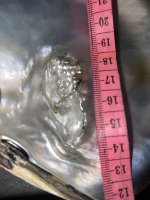 019F666B-6C44-4332-8F94-3DEB34AE6798.jpeg1.1 MB · Views: 68
019F666B-6C44-4332-8F94-3DEB34AE6798.jpeg1.1 MB · Views: 68
Last edited:

